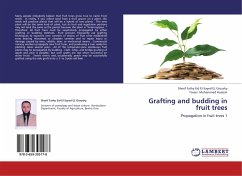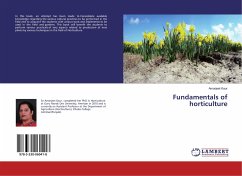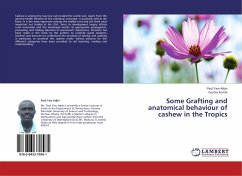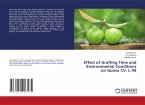Many people mistakenly believe that fruit trees grow true to name from seeds . In reality, if you collect seed from a fruit grown on a plant, the seeds will produce plants that will be a hybrid of two plants . The new plant will be the same kind of plant, but its fruit and vegetative portions may not look the same as the parent because the plant is heterozygous . Therefore, all fruit trees must be vegetatively propagated by either grafting or budding methods . Fruit growers frequently use grafting techniques to topwork new varieties or strains of fruit onto established trees bearing misnamed or obsolete varieties and to repair injury or damage caused by mice, rabbits, deer, or mechanical means . Commercial nursery workers propagate new fruit trees, and producing a tree ready for planting takes several years . All of the temperate-zone deciduous fruit plants may be propagated by budding . Cleft, whip, and bridge grafting of apple and pear is possible, but such grafts are not oftensuccessful on stone fruits . Sweet cherry and, occasionally, peach may be successfully grafted using the side graft onto a 2- to 3-year-old limb .








